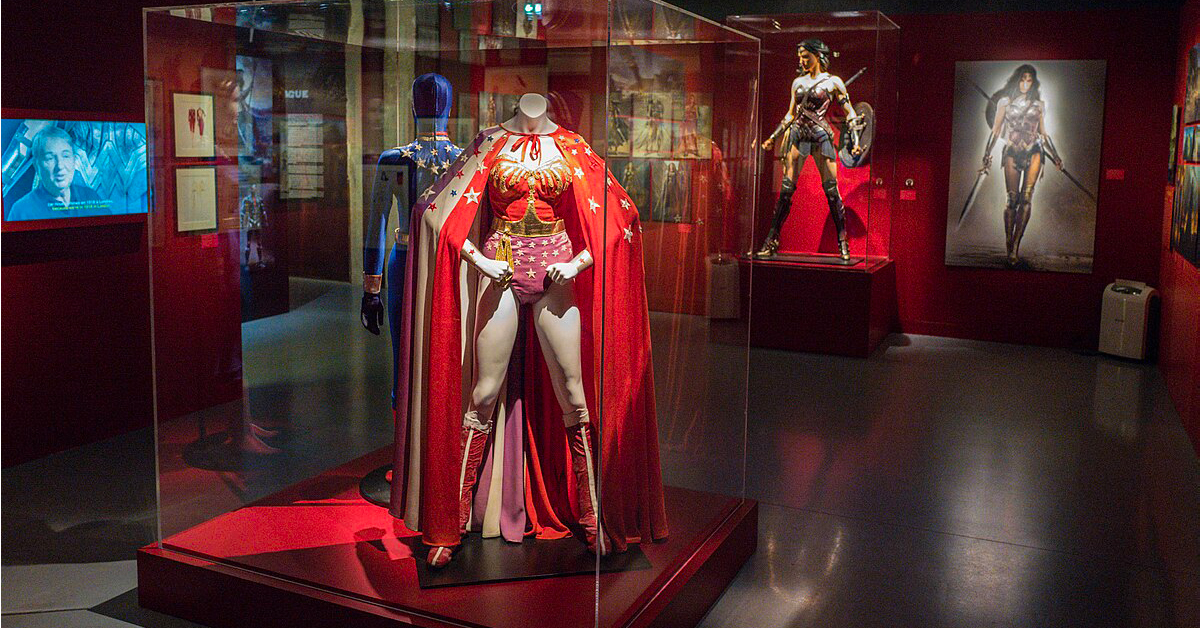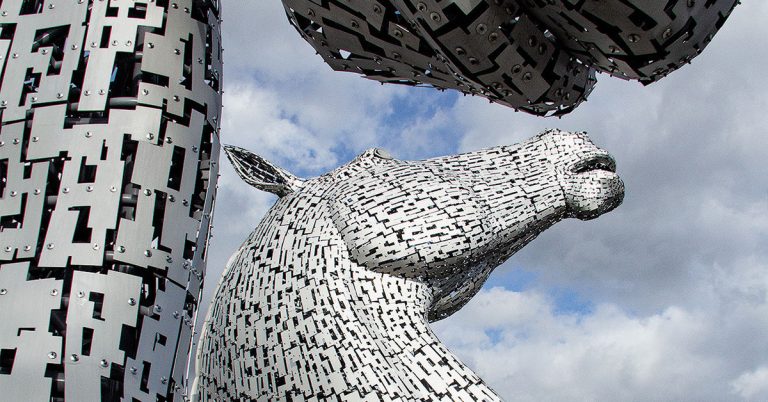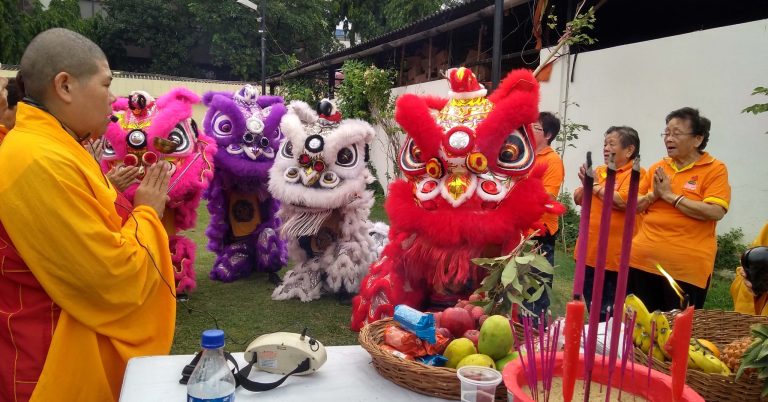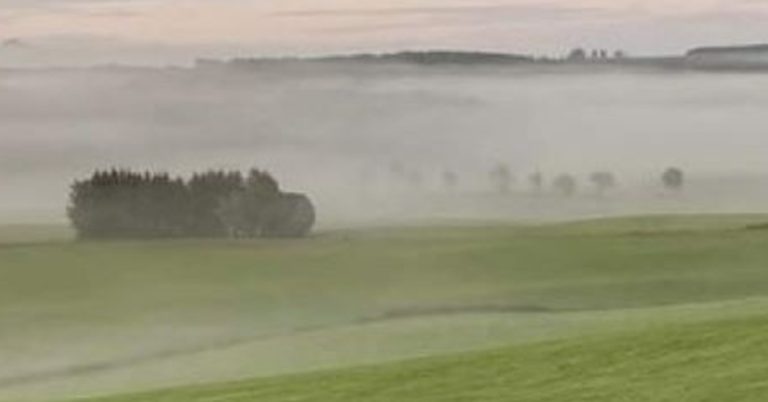
By Christa van Raalte and Fran Pheasant-Kelly
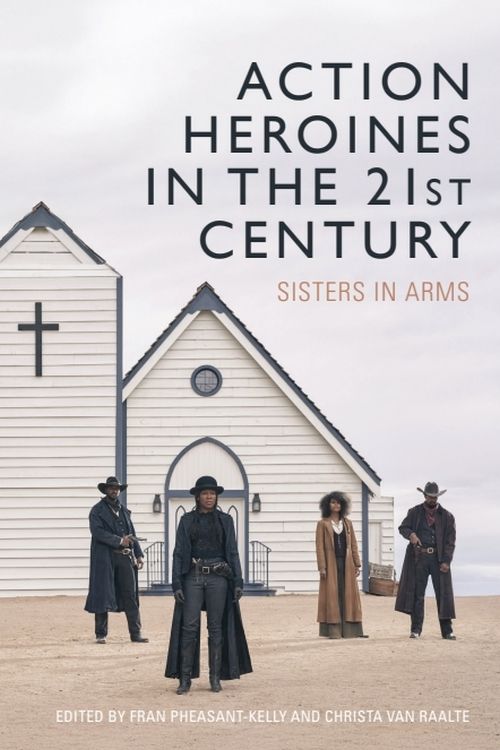
Examines the collective agency of women in post-millennial action-led genres from television and cinema.
In the wake of the #MeToo movement and the rise of fourth-wave feminism, film and television texts have begun to reflect a cultural shift in how women are imagined. This is particularly striking in the case of action narratives, where physical action is conflated with agency. While male heroes continue to dominate the genre, there has been an upturn in women-centred action narratives over the past two decades. Moreover the long-standing convention of the lone action heroine operating in a male-dominated world has been challenged in recent action-based dramas, which increasingly feature women acting collectively, opening new avenues for feminist critique.
Our forthcoming volume explores this emerging trend. It brings together scholars whose work examines twenty-first-century action heroines not as isolated anomalies, but as members of ensembles, networks, and alliances. These representations disrupt the traditional narrative logic of action as inherently masculine and offer fresh perspectives on agency, resistance, and intersectionality.
Women in Action
Action genres have traditionally been male dominated, with female characters confined to variations on the ‘damsel in distress’, whose primary functions are to highlight (and reward) the bravery and prowess of the male hero. Nevertheless, action cinema has always featured a sparse but significant smattering of action heroines: from the eponymous lead in the 1914 film serial The Perils of Pauline (Gasnier and MacKenzie), to the few by feisty female gunslingers of the Western genre, to Pam Grier’s blaxploitation heroines in the 1970s, to the martial arts heroines of 1980s Hong Kong cinema. The small screen too has brought us some memorable action heroines in shows such as The Avengers (Sidney Newman, 1961-69) and Wonder Woman (ABC, 1976–79).
The late 1980s and 1990s saw a gradual increase in the incidence of action women in mainstream film and television, accompanied by a corresponding wealth of critical literature. Texts featuring iconic female action figures such as Ellen Ripley (Sigourney Weaver), Clarice Starling (Jodie Foster), Sarah Connor (Linda Hamilton) and, more recently, Angelina Jolie (Lara Croft) and Katniss Everdeen (Jennifer Lawrence) have been particularly subject to analysis. Nevertheless, the critical visibility of these examples has tended to obscure the comparative scarcity of active women across what remain predominantly male-led genres.
Containment and Resistance
This scarcity is unsurprising, given the that the action heroine, by her very existence, upsets the gendered narrative economy in which action has conventionally figured as ‘masculine’ and passivity as ‘feminine’. She presents an existential threat to the patriarchal world order, not necessarily though her engagement in violence per se but because her capacity for violent action constitutes a visual and symbolic expression of agency – of her ability to act in and on the world. Her disruptive potential, in other words, arises not from the damage she does with her weapon of choice, but from the degree to which that weapon signals her intention and ability to take control of the narrative.
Feminist critics have explored the strategies employed in mainstream texts to contain or dilute the disruptive potential of action heroines. These include hyper-feminisation, eroticisation and narrative devices that frame their empowerment as accidental or temporary. Indeed, the very exceptionality of the action heroine can serve to reinforce patriarchal norms and reduce her power as a figure of resistance. As a woman in a man’s world, typically surrounded by male colleagues and opponents, she appears as an anomaly – unnatural even – reinforcing a sense that she is encroaching on territory that is the proper domain of the male.
From Exception to Ensemble
There have, historically, been very few examples of texts featuring a multiplicity of female action figures, or indeed of texts that allow the action heroine a meaningful relationship with other women. Notable exceptions such as Thelma and Louise (Ridley Scott, 1991) and Charlie’s Angels (ABC, 1976-81) only serve to highlight their scarcity. However, the ground is shifting. Films and TV series increasingly feature groups of women who fight and survive together. This not only diversifies representation but also normalises female action as a legitimate mode of expression, making textual containment strategies harder to sustain. Multiplicity allows for a broader spectrum of identities, styles, and affiliations, creating space for intersectional narratives that challenge limiting binaries and make stereotypes uninhabitable. But it also serves to redefine the genre itself. It signals that female agency is not an exception but a norm, not pathological but powerful.
By examining case studies across film and television, and drawing on a range of theoretical perspectives, the contributors to this volume offer diverse understandings of how collective female agency can reshape cultural expectations and narrative possibilities. In doing so, we hope to open new lines of enquiry and contribute to an ongoing conversation about gender, power, and representation in screen media.
About the authors
Fran Pheasant-Kelly is Head of Doctoral Studies and Reader in Film and Screen at Wolverhampton University, UK and she is currently a Leverhulme Fellow. Her research centres on early cinema, abject spaces, fantasy, and the medical humanities. She has around eighty-five publications, including two monographs and two additional co-edited volumes.
Christa van Raalte is Associate Professor of Film and Television at Bournemouth University, and head of the Centre for Excellence in Media Practice. Her research interests include constructions of gender and ageing in action cinema, narrative strategies in complex TV, and working conditions in the film and television industries.



